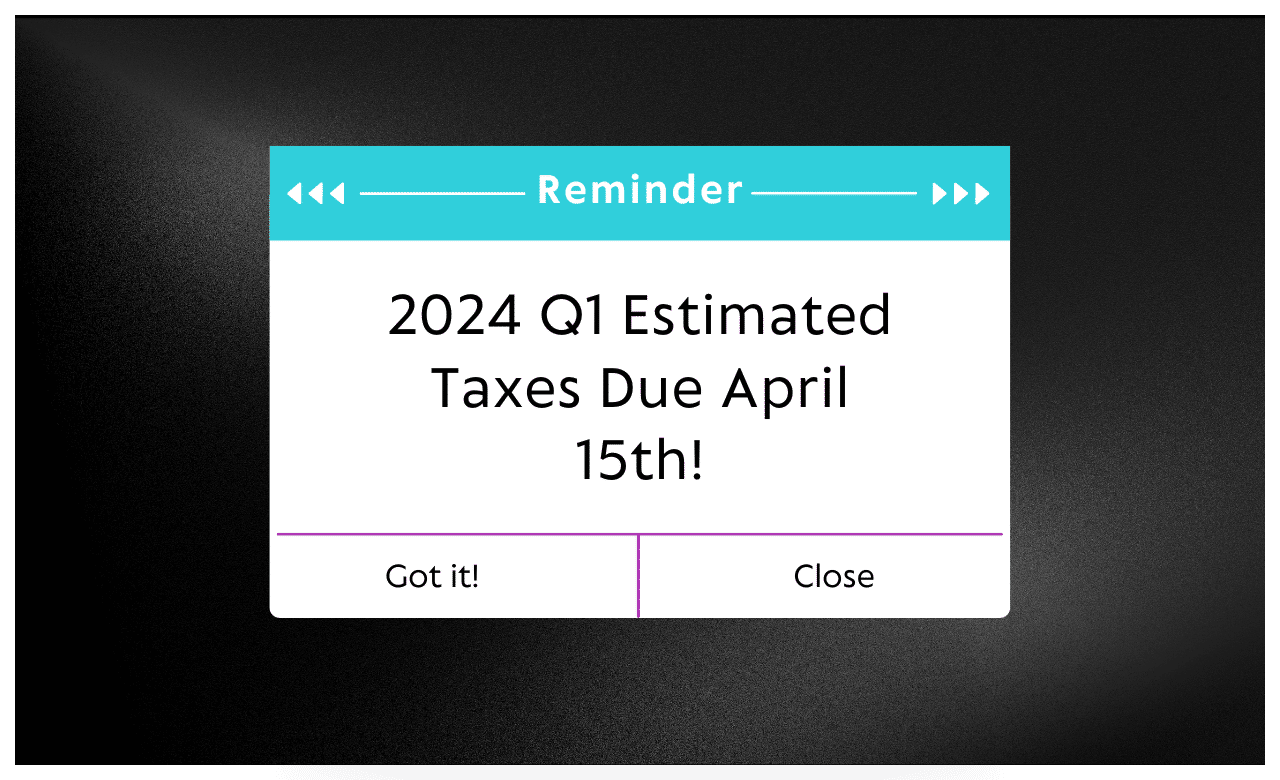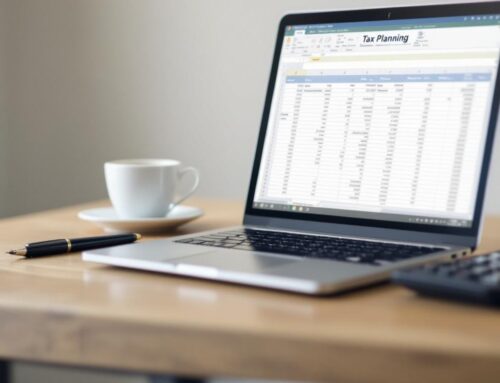Hi everyone, I’m Bette Hochberger, CPA, CGMA. With April 15 looming on the horizon, it’s time for taxpayers to mark their calendars for the first quarter estimated tax payment deadline for the tax year 2024. Whether you’re self-employed, a retiree, an investor, or running a business, understanding your obligations is paramount to staying compliant with the law.
Here’s what you need to know to navigate this essential aspect of your financial responsibilities:
Understanding Estimated Tax Payments
The IRS requires individuals who don’t have taxes withheld from their income to make estimated tax payments throughout the year. This includes self-employed individuals, retirees, investors, and others whose income isn’t subject to withholding. The reason behind this requirement is to ensure that taxes are paid as income is earned or received, following a pay-as-you-go system.
Who Needs to Make Estimated Tax Payments?
If you’re self-employed, freelancing, or earning income from sources without withholding, you likely need to make quarterly estimated payments. This also applies to retirees, investors, and those with income not subject to withholding, such as interest, dividends, capital gains, and rental income.
Calculating Quarterly Payments
When estimating quarterly payments, it’s important to include all sources of earned income, including part-time work, side gigs, or income reported on Form 1099-K. Failure to accurately estimate and pay your taxes quarterly can result in penalties. To avoid this, utilize Form 1040-ES, Estimated Tax for Individuals, which provides comprehensive instructions for computing estimated taxes.
Special Circumstances and Exceptions
Certain groups of taxpayers may be eligible for exceptions to penalties or special regulations. This includes farmers, fishers, recent retirees, individuals with disabilities, those receiving irregular income, and victims of disasters. Be sure to check if you qualify for any extensions or special considerations based on your circumstances or location.
Payment Options and Tools
The IRS offers various payment options to make the process convenient for taxpayers. Whether you prefer electronic methods like IRS Direct Pay, debit/credit cards, or traditional methods like checks, ensuring timely payment is essential. Additionally, utilizing tools like the Tax Withholding Estimator can help you accurately determine the appropriate amount to withhold from your income.
Filing Options for Taxpayers
Filing returns electronically and opting for direct deposit can expedite the refund process. The IRS provides free online and in-person tax preparation options for qualifying taxpayers through programs like IRS Free File and Volunteer Income Tax Assistance. Furthermore, eligible taxpayers can take advantage of the Direct File pilot program, allowing them to file federal tax returns online directly with the IRS for free.
As the April 15 deadline approaches, it’s crucial for taxpayers to understand their obligations regarding first quarter estimated tax payments. Remember, paying taxes isn’t just a legal requirement—it’s a vital part of contributing to society and maintaining financial responsibility.
I hope you learned something new today. As always, stay safe, and I will see you all next time.










